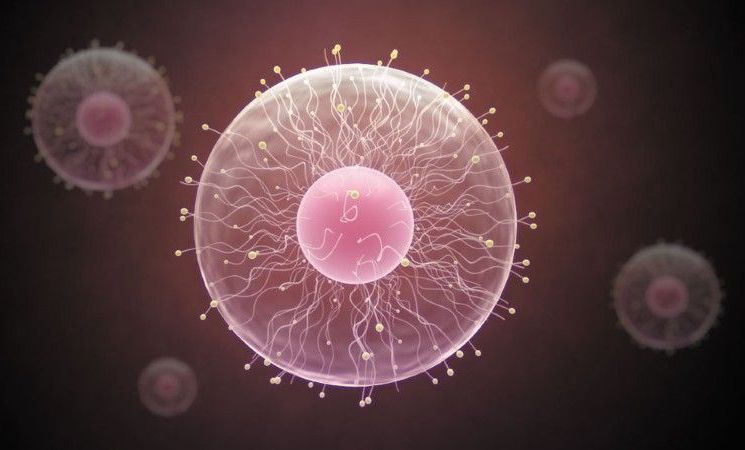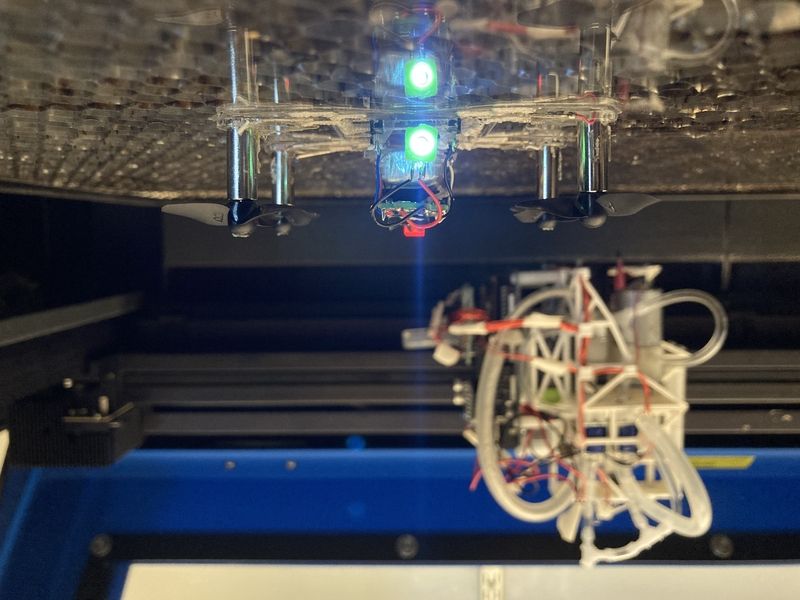Nanoscale doctors curing the body from within sounds like science fiction, but for Japanese research centre COINS, it’s a serious goal.



Recalibrated Betelgeuse’s mass, radius, and distance. Betelgeuse is normally one of the brightest, most recognizable stars of the winter sky, marking the left shoulder of the constellation Orion. But lately, it has been behaving strangely: an unprecedentedly large drop in its brightness has been observed in early 2020 (Figure 1), which has prompted speculation that Betelgeuse may be about to explode.

SpaceX is set to test the Starship SN10 prototype on Monday at the Boca Chica launch facility. The exact details for the round of testing have not been confirmed, but it will likely be a cryogenic proof test.
Updates: https://forum.nasaspaceflight.com/index.php?topic=52398.

Additive manufacturing has proven an ideal solution for certain tasks, but the technology still lacks more traditional methods in a number of categories. One of the biggest is the requirement for post-printing assembly. 3D printers can create extremely complex components, but an outside party (be it human or machine) is required to put them together.
MIT’s CSAIL department this week showcased “LaserFactory,” a new project that attempts to develop robotics, drones and other machines than can be fabricated as part of a “one-stop shop.” The system is comprised of a software kit and hardware platform designed to create structures and assemble circuitry and sensors for the machine.
A more fully realized version of the project will be showcased at an event in May, but the team is pulling back the curtain a bit to show what the concept looks like in practice. Here’s a breakdown from CSAIL’s page:



This is the FOURTH PART of the interview with Harold Katcher in Modern Healthspan YouTube channel.
Dr. Harold Katcher is a professor of Biology at the University of Maryland. He has been a pioneer in the field of cancer research, in the development of modern aspects of gene hunting and sequencing. He carries expertise in bioinformatics, chronobiology, and biotechnology. Dr. Katcher is currently working in the capacity of Chief Technical Officer at Nugenics Research exploring rejuvenation treatments in mammals.
In May 2020 there was a paper published on biorxiv about the rejuvenation of rats by over 50%. We did a review of the paper which you can find linked to above. In this interview series we talk with Dr. Harold Katcher, one of the main authors of the paper about the experiment, the steps to get validation, commercialization and how the results fit into his theories of aging.
In this video Dr. Katcher explains his theories on what causes aging, which he believes is a process that is programmed into us and is therefore malleable. I find his theories very interesting and compelling.
Dr. Katcher’s 2015 paper on the theory of aging is here:
Towards an evidence-based model of aging.
https://pubmed.ncbi.nlm.nih.gov/26054348/
The paper on plasma exchange can be found here https://www.biorxiv.org/content/10.1101/2020.05.07.082917v1.full.
